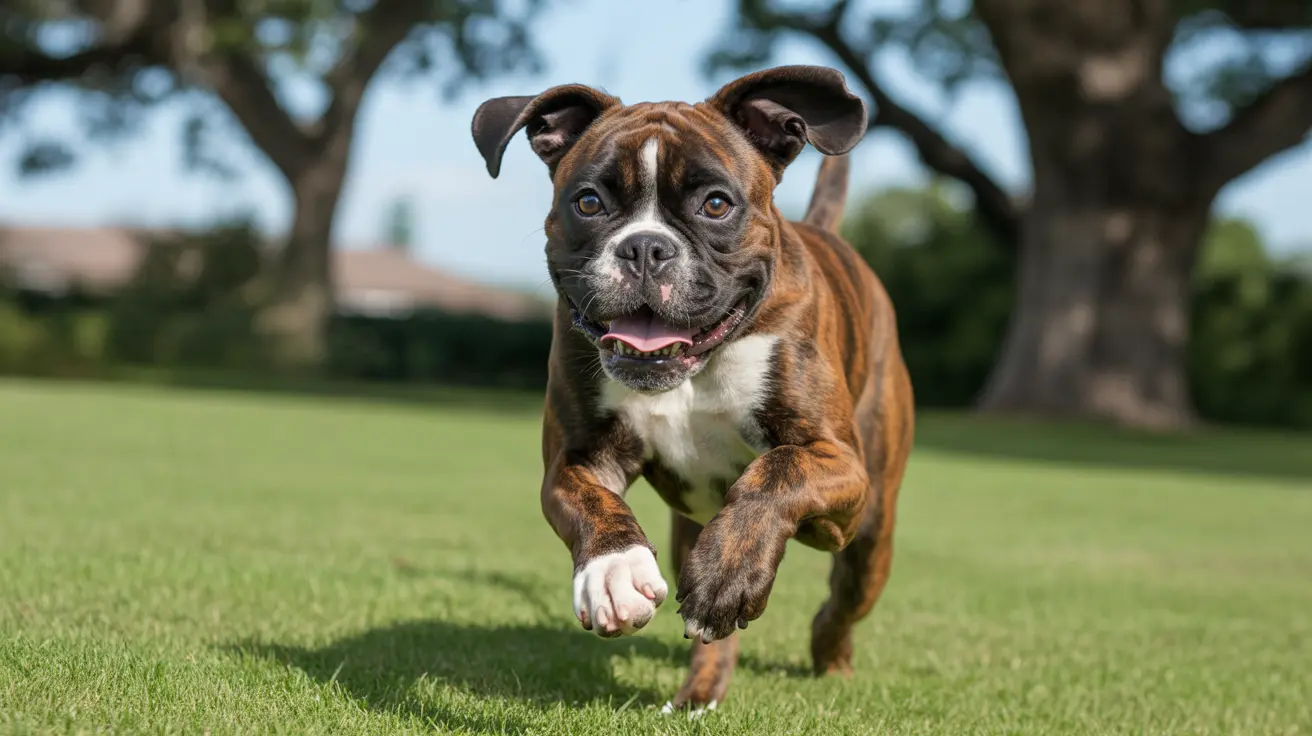Every dog owner has likely marveled at their pet's cute, squishy paw pads – commonly known as "toe beans." These charming cushions aren't just adorable; they're sophisticated biological structures that play crucial roles in your dog's daily life and overall wellbeing.
In this comprehensive guide, we'll explore everything you need to know about dog toe beans, from their anatomical structure to their various functions and proper care. Whether you're a curious pet parent or a veterinary enthusiast, you'll discover fascinating insights about these remarkable features of canine anatomy.
The Anatomy of Dog Toe Beans
Dogs typically have four digital pads (toe beans) on each paw, positioned just beneath their claws. These are accompanied by a larger central pad called the metacarpal pad on front paws or metatarsal pad on rear paws. The front paws also feature a carpal pad higher up on the leg, which aids in braking and balance.
In total, most dogs have about 16 toe beans across all four paws, plus the additional larger pads, bringing the total to approximately 22 paw pads per dog. This intricate arrangement provides optimal weight distribution and mobility.
The Three-Layer Structure of Toe Beans
Dog toe beans consist of three distinct layers, each serving specific purposes:
- The outer layer: A tough, keratinized epidermis that provides durability
- The middle layer: A dermis that offers structural support
- The inner layer: Subcutaneous tissue filled with fat for shock absorption
Functions and Benefits
Shock Absorption and Protection
The primary function of toe beans is to absorb impact when dogs walk, run, or jump. The fatty tissue within the pads acts as a natural shock absorber, protecting joints and bones from excessive stress.
Temperature Regulation and Sensory Input
Toe beans contain specialized sweat glands that help regulate temperature and improve traction. They also feature numerous nerve endings that provide important sensory information about terrain and temperature to your dog.
Movement and Stability
The textured surface of toe beans provides crucial traction, allowing dogs to maintain stability on various surfaces. This feature is especially important when navigating slippery or uneven terrain.
Proper Care and Maintenance
Regular Inspection
Check your dog's toe beans regularly for signs of injury, cracking, or foreign objects. Look for:
- Cuts or abrasions
- Dryness or cracking
- Discoloration
- Swelling or inflammation
Protection and Treatment
Protect your dog's toe beans by:
- Using pet-safe paw balms in dry or cold weather
- Avoiding extremely hot surfaces
- Considering dog boots for harsh conditions
- Cleaning paws after outdoor activities
When to Seek Veterinary Care
While toe beans are naturally resilient, certain conditions require professional attention:
- Deep cuts or punctures
- Persistent limping
- Signs of infection
- Severe cracking or bleeding
- Abnormal growths or discoloration
Frequently Asked Questions
What are dog toe beans and how many does a dog have on each paw?
Dog toe beans are the soft, padded cushions on the bottom of a dog's paws. Each paw has four digital pads (toe beans), plus a larger central pad, totaling four toe beans per paw or 16 toe beans total.
How do toe beans help dogs with balance, shock absorption, and traction?
Toe beans contain fatty tissue that absorbs impact during movement, while their textured surface provides grip. The combination of these features helps dogs maintain balance and stability while protecting their joints from shock.
What causes cracking or injury to dog toe beans and how can I protect them?
Cracking can be caused by extreme temperatures, rough surfaces, or dry conditions. Protect toe beans by using pet-safe moisturizers, avoiding hot pavement, and considering protective boots in harsh conditions.
Can moisturizing and paw balms improve the health of my dog's toe beans?
Yes, pet-safe moisturizing balms can help maintain pad flexibility and prevent cracking, especially in dry climates or during winter months. However, only use products specifically formulated for dogs.
Why do dog toe beans sometimes smell like corn chips and when is it a sign of infection?
The corn chip smell is typically caused by naturally occurring bacteria and yeast on the paws and is usually harmless. However, if accompanied by redness, swelling, or excessive odor, it could indicate an infection requiring veterinary attention.
Understanding and properly caring for your dog's toe beans is essential for their overall health and comfort. Regular inspection and maintenance of these important anatomical features will help ensure your furry friend stays active and mobile throughout their life.






